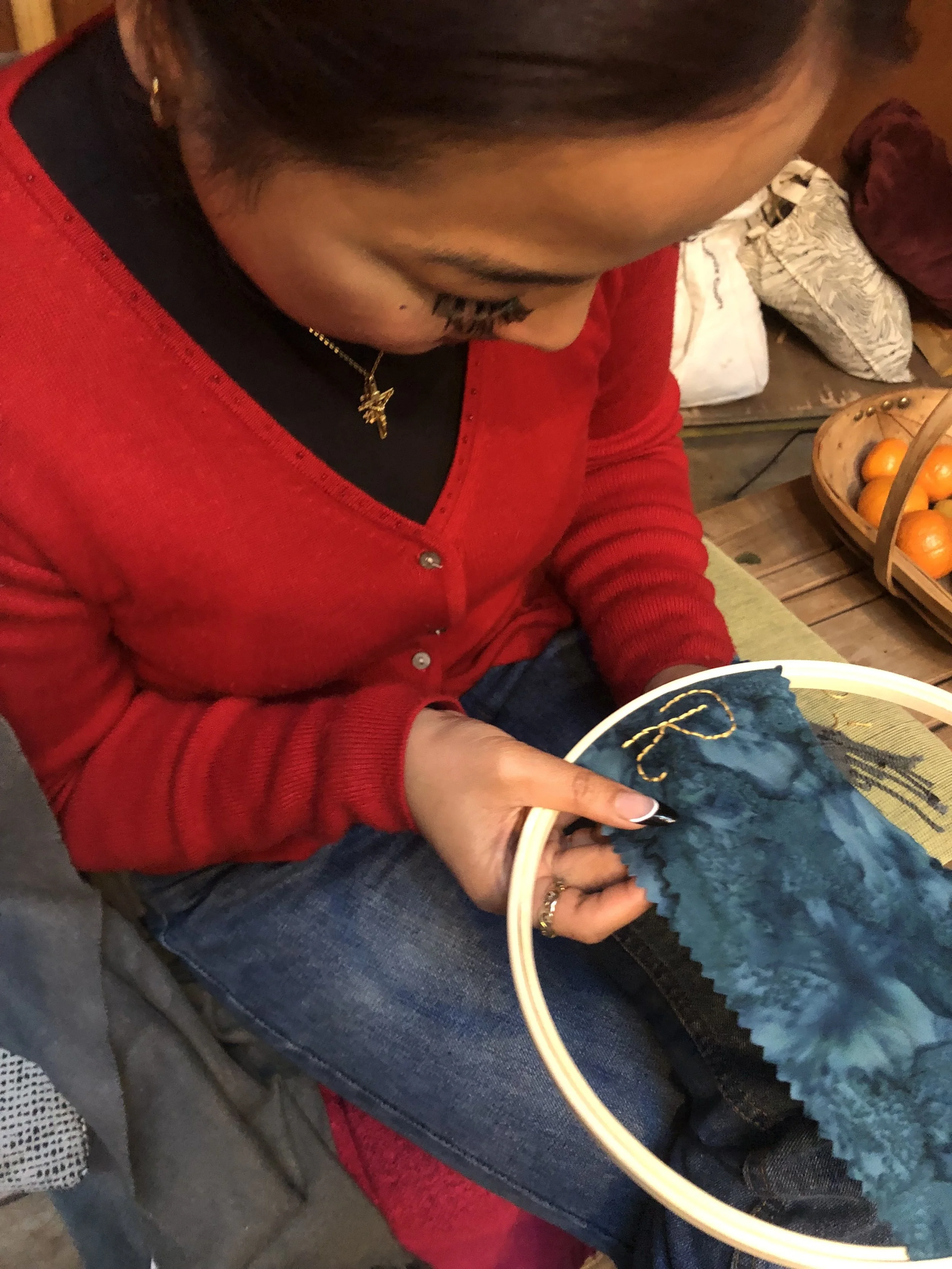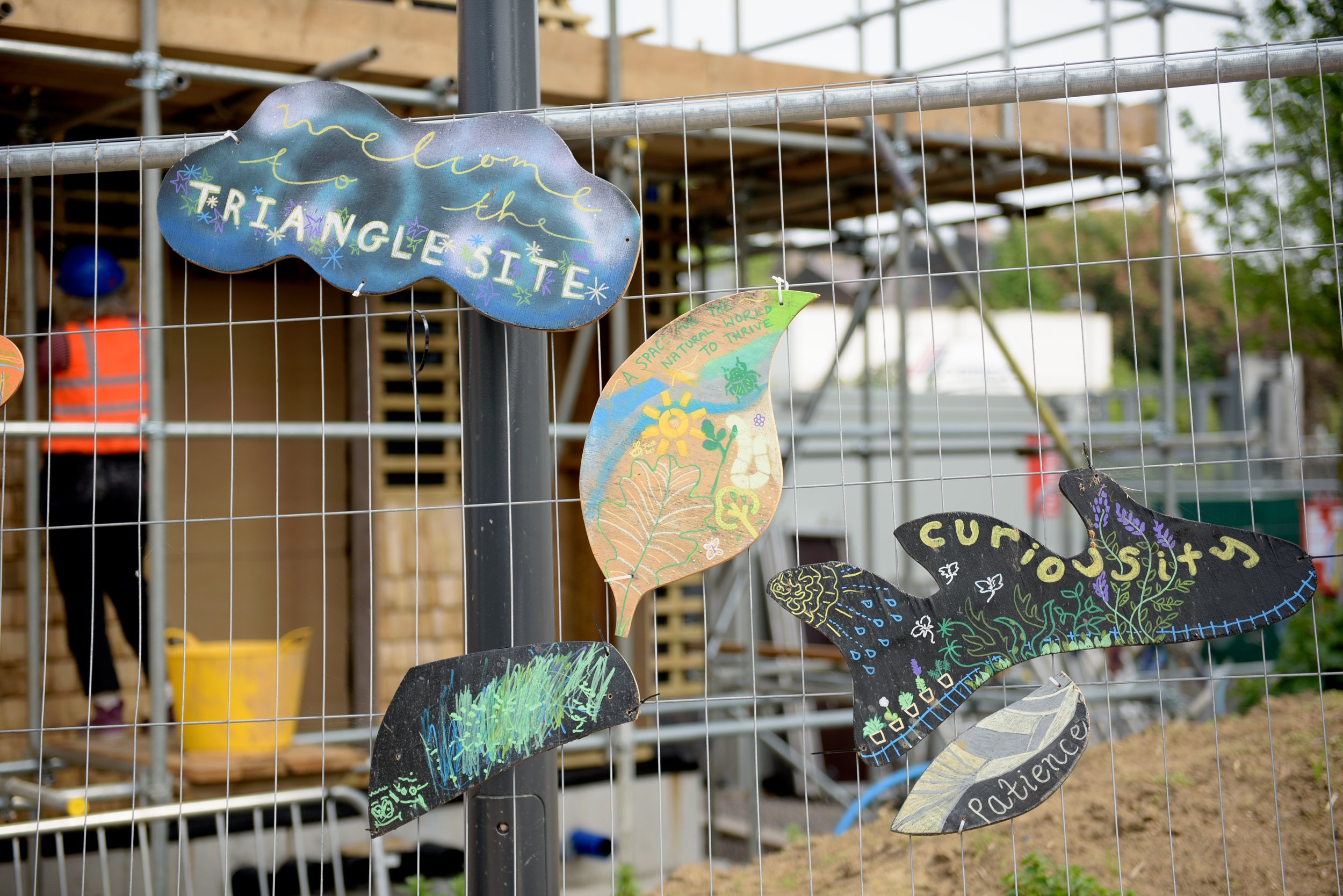Medicine for Exam Stress: The Youth Bed
Around the Winter Solstice last year, I cleared a bed at Story Garden and planted rows of garlic. I held each fat clove in my hand protectively like an egg that might crack, a technique I heard someone say as we planted it at another community garden the week before. Even though the cloves seem hardy, they can experience damage with rough handling and need to be treated with care. It was the third time I was planting garlic that December.
Things are significant when they happen in threes. Why was garlic following me everywhere? A couple of days prior, my housemates and I found out we were getting evicted from our rented house. Garlic is known for its protective qualities; warning off evil spirits, vampires, demons. In some cultures, it’s believed that planting garlic brings good luck and positive outcomes. Out in the cold wind and rain, heavy with the news of having to leave my home, recovering from a significant relationship ending and processing the rapid deterioration of my nan’s health (that rule of three again), I planted it clove by clove.
I wasn’t supposed to be doing it alone. The young people on our Generators youth leadership programme were due to be there to begin work on our new Youth Bed, but with increasing pressures at school and mock exams to be sat, they couldn’t make it. I thought of them as I pushed the root end of each clove into the holes I’d made in the soil, remembering Year 11 anxiety, how my GCSEs felt like the most important thing I would ever do. I remembered, too, how adults in my life told me they didn’t really matter, how I’d forget about them as soon as they happened, how no one will even really ask you what results you got. I cringe at the realisation that that voice is now mine (the same voice that gasps and says you’ve gotten so tall or when I was younger… you know the one). I wish I could say all this to the Generators, but I know it won’t help – it didn’t help me (and I’m not that far from being in their shoes). I wish they were here carefully breaking the bulbs open, chatting about a stupid detention or football injury they got, and not at home stressed and worried with their heads in revision notes.
As I’m writing this, out the window to my right I can see the tall green tops of the garlic moving in the gentle April breeze. Intercropped, there’s two types of lettuce, parsley, chard, sorel, and rocket. At the end of the bed, three types of pea plants have begun climbing up the bamboo structure the Generators constructed a couple of weeks ago. In the polytunnel we have liquorice, thai and greek basil, and in the hardening-off bay there’s beetroot, kale, calendula and nasturtium almost ready to be planted out, all seeds chosen and sown by the Generators.
I was standing with Ben the other day, asking him what seeds he sowed. ‘I can’t remember the name but they were the ones you said look a bit like toenails’, he smiled. Calendula. Often it’s easier to remember the associations you have with a plant, or the funny things you’ve heard people say about them, than the actual name. Whenever I plant garlic, I’ll think about treating them like eggs. Maybe when Ben sees calendula, he’ll think of the little toenail seeds. It feels really nice to be sharing my associations with the young people.
The current GCSE system causes students all over the UK significant stress and anxiety and studies and surveys indicate that student mental health has worsened since the introduction of reformed GCSEs. Recognising the stress and pressure they’re under, this spring we’ve begun integrating a regular gardening practice with the Generators into our weekly sessions. The Youth Bed has been an anchor, the centre piece which our caring for the garden and connecting with nature revolves around. It’s a way for the Generators to arrive after a long day at school and transition from their minds into their bodies. Having their own growing bed means they have a space that’s theirs; when we’re planting seeds they know where they’ll end up. It’s been lovely to see their genuine excitement pointing out how big plants have grown week to week, how many new weeds need plucking out.
Prioritising gardening, growing, being outside and moving around feels like the best way to listen and respond to the needs of this group. Tending to the bed, whether it’s through sowing new seeds, planting out or weeding, also provides opportunity and space for the young people to catch up with each other, something that sitting and learning in a classroom setting doesn’t often allow. They need this space to decompress – working on the bed facilitates that. For our neurodivergent young people, gardening activities seem to be more enjoyable and accessible than sessions where we are sitting down. The tasks allow for an amount of ‘togetherness’ whilst still providing opportunities for individuals to have a quiet moment to themselves. It’s also a precious time without screens!
Just as I, last winter, found comfort in planting garlic, the Generators are enjoying the headspace gardening is giving them as they care for Story Garden and their community (our lettuces are big enough now to donate to the local food bank).
And that thing about garlic bringing good luck and positive outcomes? I reckon it’s growing big and fat down there under the soil, getting ready to be pulled up in summer by our Generators with the GCSE results they’re hoping for.







Ever wondered how community building shapes the was we learn and share knowledge? Garden Trainee Betsey Maeve sheds light on what ‘implicit’ knowledge is, and how this learning model has shaped their journey at the Triangle Site.